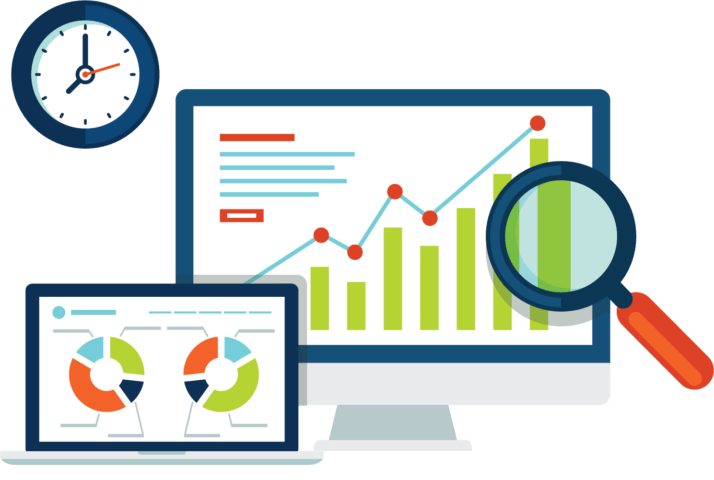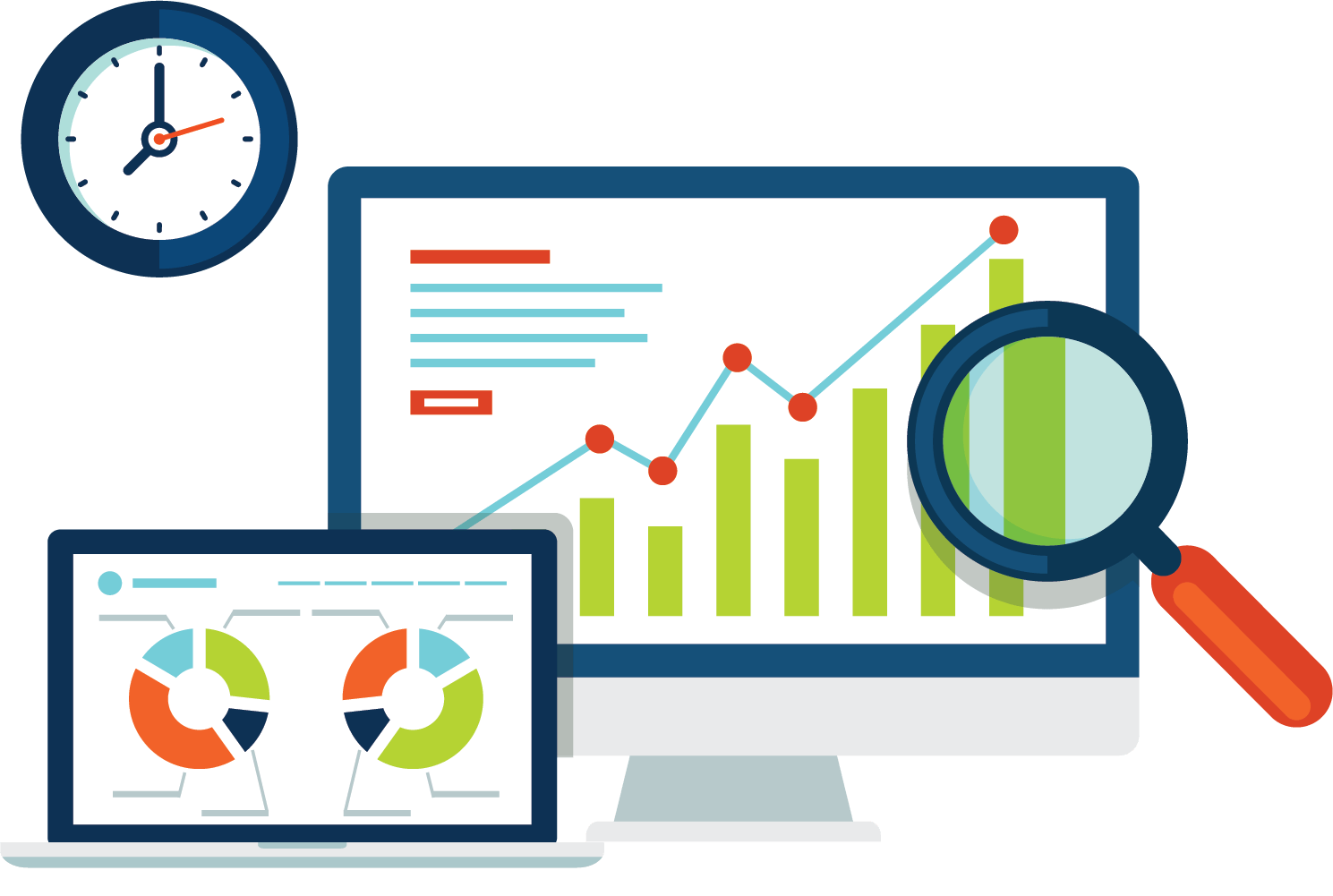Depending on what you do (product management, software development, etc.), you may call it software usage analytics, runtime intelligence, software business intelligence, or software intelligence (if I missed your favorite please add it in the comments). Software usage analytics is the ability to collect, analyze, present, and visualize data on the use of software applications and describes the solutions to understand the adoption of specific features, user engagement, product lifecycles, computing environments, and more.
Gartner recently included software usage analytics in its Hype Cycle for Customer Experience Analytics, 2018; Hype Cycle for Software as a Service, 2018; and Hype Cycle for Application Security, 2018, and defines it as “the detailed tracking and analysis of users’ interactions within a software application. It is used by software providers and application developers to understand users’ behavior at various levels of aggregation — individual users, users within a customer account and users overall. It provides insights that are used to improve user experience, prioritize feature enhancement, measure user adoption, track compliance and provide real-time user help.”
While vendors like Pendo, Amplitude, Mixpanel, and Heap provide usage analytics for web and mobile applications, Revenera offers software usage analytics for desktop and hybrid applications.
Our customers implement software usage analytics to better understand which features are adopted and which are ignored. This intelligence is very helpful in the software development lifecycle, but can also point to problems in UI or UX. It also helps them improve the experience of trial downloads: by understanding how (or if) the software is being used, they can better tailor their in-application messaging to these prospective customers and improve conversions.
All these use cases require a proven reporting and visualization framework to maximize the collection of actionable software intelligence with minimal end user and application performance impact. Our customers consistently tell us that the capabilities they value most in our software usage analytics system are:
- The easy access to detailed data by multiple roles within their organization
- The flexibility they have to build their own reports and dashboards that are meaningful to their own products
- The ease with which they can add the software usage intelligence system into their build environments
- The reporting mechanism’s ability to easily generate intelligence from their end user organizations
Our product management survey revealed that 97 percent of the respondents said customer data is useful for feature prioritization or roadmap development which aligns with Gartner’s prediction that “by 2021, 75% of software providers will rely on insights from embedded software usage analytics to inform product management decisions and measure customer health.”
So whether you call it software usage analytics, runtime intelligence, software business intelligence, software intelligence, or even “the gift that keeps on giving” as one customer dubbed it, the ability to analyze how your applications are used is an invaluable tool for software providers. It enables you to create educated decisions on their products and understand how it is being used to ultimately drive new revenue. Usage Intelligence is the first software usage analytics solution designed for distributed C/C++, .NET, Obj-C and native Java applications on Windows, Macintosh, and Linux, provides deep insight into application usage.
Now go and impress your colleagues! Here are some frequently asked questions (and answers) you can share about software usage analytics:
1. What is Software Analytics?
Gartner defines software usage analytics as “the detailed tracking and analysis of users’ interactions within a software application. It is used by software providers and application developers to understand users’ behavior at various levels of aggregation — individual users, users within a customer account and users overall.”
2. What are the benefits of Software Analytics?
Gartner goes on to say that software usage analytics “provides insights that are used to improve user experience, prioritize feature enhancement, measure user adoption, track compliance and provide real-time user help.”
3. What are the quick wins for Software Analytics?
Even if you’re brand new to software usage analytics you can start seeing results quickly. You and your team can gain valuable, game-changing insights that reduce assumptions about your users’ behavior and bring knowledge into your decision-making processes. Download our one-page document to learn how you can get a quick win by:
- Measuring daily engagement
- Knowing user behavior
- Supporting global user base
- Understanding hardware classification
- Monitoring adoption
4. What are the best practices for Software Analytics?
Our ebook, Take the Guesswork out of Product Management, describes a “crawl-walk-run” approach to best practices for growing a software usage analytics program:
- Crawl: Start capturing and analyzing basic metrics can support key data-driven roadmap decisions now, and build a foundation for more complex analytics moving forward.
- Walk: Focus on tracking more relevant events, drilling into deeper filtering and segmentation, incorporating targeted in-app messaging to query users and influence their behavior, and beta testing with users whose usage fits testing parameters.
- Run: Ask more complex questions, the answers to which paint a more complete user picture. You can marry data from different sources in your business intelligence solutions to understand not just who the customers are, and if they are using certain aspects of your software, but what external
campaigns may have influenced them.
You can dig even deeper into real-world best practices by reading case studies from customers like CNC Software, Extensis, Solbri, and TechSmith.
5. How can I get started with Software Usage Analytics?
If you are ready to get started, sign up for a free account and receive unlimited access to Usage Intelligence with sample data. After reviewing our sample data, you can register your own product and download our SDK for a free trial within your account, or book a time to talk with us and we can help get you started.




